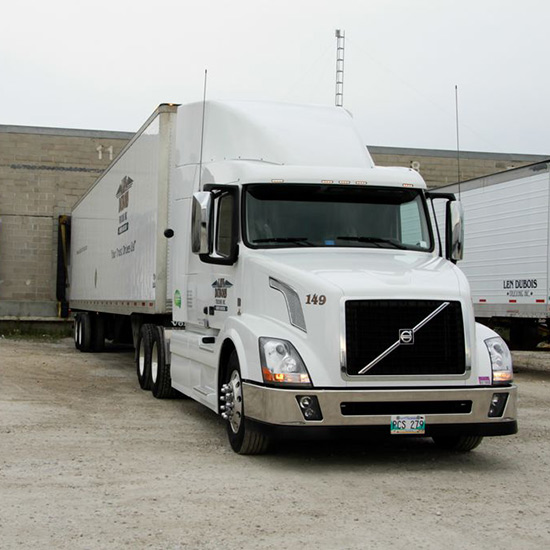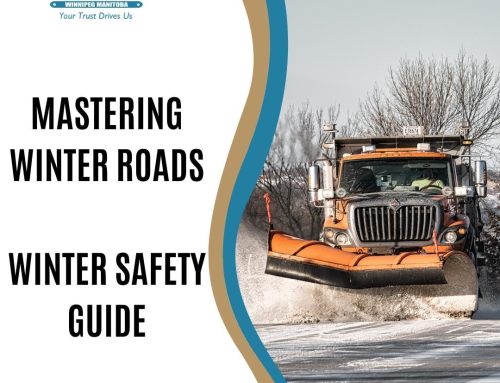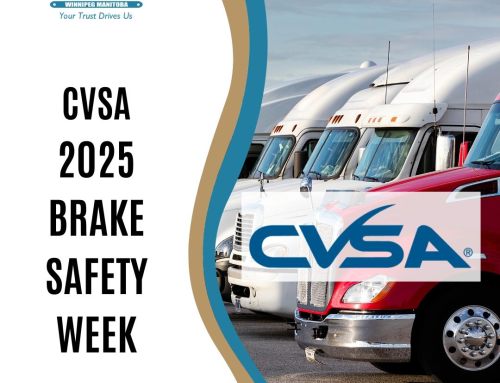 Backing up a semi is one of the most difficult and challenging parts of a truck driver’s job. It is also one of the biggest causes of equipment and property damage. Learning how to back takes time and practice, but it also takes skill and planning.
Backing up a semi is one of the most difficult and challenging parts of a truck driver’s job. It is also one of the biggest causes of equipment and property damage. Learning how to back takes time and practice, but it also takes skill and planning.
Like everything in trucking, the most important thing is to make safety your priority. Best case scenario, backing accidents are costly when you factor in insurance claims and repairs to the equipment you are using.
Tips from the Len Dubois Pros:
Use the G.O.A.L Method
Before you start backing, Get Out And Look. Take note of obstructions and hazards in the area where you are backing. Know the space you’re backing into by looking all around. Look up, down, left and right checking for things like the clearance between trucks; low hanging branches or canopies on a building; pallets leaning against the building or on the ground; guard rails etc. Get out and look as often as you need to while backing to make sure you’re still clear and good to hit the mark.
Don’t be afraid to tell Shippers/Receivers NO
There are times in your career where you will show up to pick up or deliver in a far less than desirable location. As a professional and responsible driver, you need to know when it’s okay to say no to prevent damage or an accident from occurring. You know you’re probably going to get into some trouble backing when the shipper/receiver gives you the standard line of “We get trucks in here all the time. Go ahead and back in.”
When you hear that statement it’s time to ask questions. Sure, they get trucks in there all the time but what kind of trucks? Cube vans or tractor units with 53’ trailers? Another good time to say no is when there is little room to properly set up your back because there are too many obstacles in the way. You probably know those lots well too, the ones with the stacks of pallets and refuse bins poorly placed, taking up valuable space that you need.
You are Driving the Trailer Not the Truck
Steer the rear tandems, and remember the G.O.A.L.
The tractor steers the trailer. The drive axles of the tractor become the trailer’s steering axle. Remember, when you turn the steering wheel to the right, the rear of the trailer goes left and when you turn the steering wheel to the left, the rear of the trailer goes to the right.
AVOID USING SPOTTERS
Relying on a spotter can be a tricky situation and is often best to avoid. Unless you’ve managed to find an experienced truck driver who knows exactly what to watch for and how the truck moves and operates, a spotter can do more harm than good. The only way you can maintain absolute control of your backing is to learn how to do it properly by yourself.
Practice makes Perfect
Proper backing techniques require practice. No one comes out of driver training school with the efficiency to hit every dock on the first attempt. If you’re fresh out of school or just haven’t fully developed your backing skills yet, take time to practice. Practice at truck stops by choosing more difficult spaces instead of the easy ones; in time, you’ll hone your skills and be able to master the most difficult backs on the first attempt.
The key to successful backing is to take your time and know where your vehicle is in proximity to other objects at all times. Pay attention to how the truck moves and take mental notes every time you back, this will help you perfect your backing skills and make you a pro.




